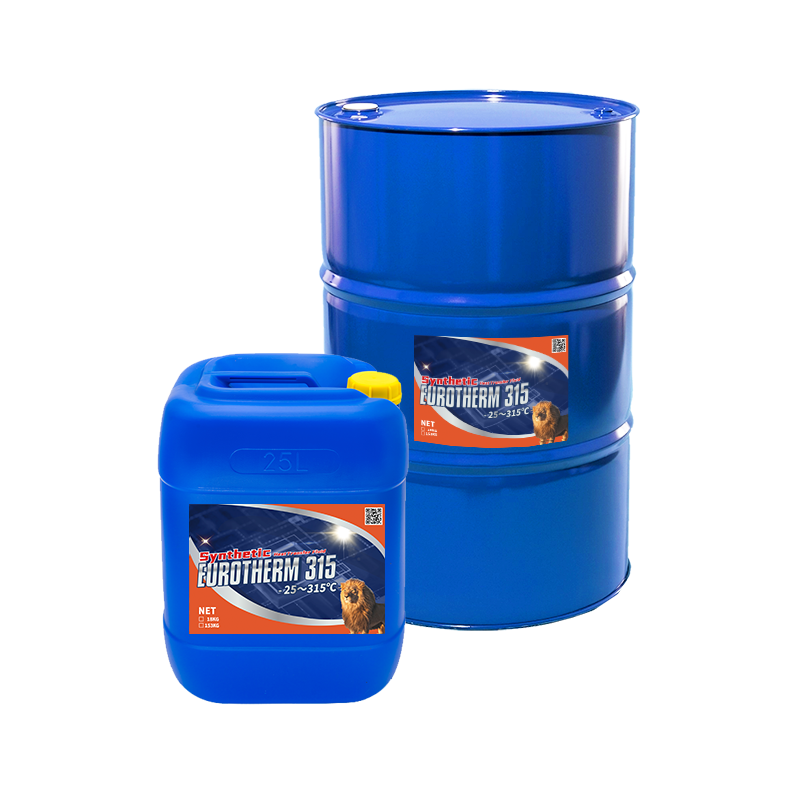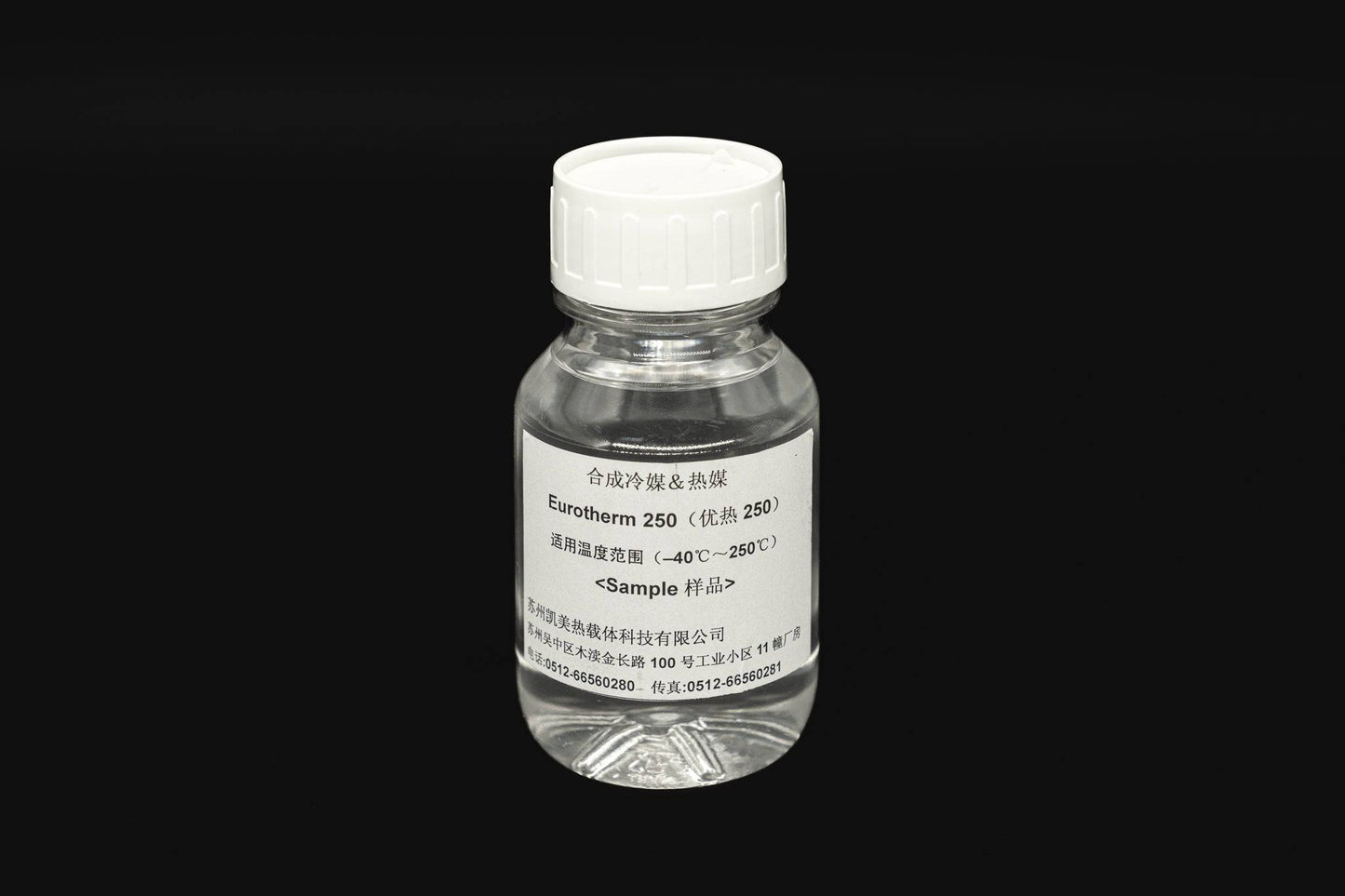A Biased View of Chemie
A Biased View of Chemie
Blog Article
The Buzz on Chemie
Table of ContentsExamine This Report on ChemieSome Known Questions About Chemie.Getting The Chemie To WorkSome Ideas on Chemie You Should KnowThe 30-Second Trick For ChemieChemie for Dummies
By Bojanna Shantheyanda, Sreya Dutta, Kevin Coscia and David SchiemerDynalene, Inc. Liquid air conditioning, which can be accomplished utilizing indirect or direct means, is utilized in electronics applications having thermal power thickness that might exceed risk-free dissipation through air cooling. Indirect liquid cooling is where heat dissipating digital parts are literally divided from the fluid coolant, whereas in instance of direct cooling, the elements are in straight contact with the coolant.Nonetheless, in indirect cooling applications the electric conductivity can be crucial if there are leaks and/or splilling of the liquids onto the electronics. In the indirect cooling applications where water based liquids with rust preventions are normally utilized, the electric conductivity of the liquid coolant mainly relies on the ion focus in the fluid stream.
The rise in the ion concentration in a shut loop liquid stream may occur as a result of ion leaching from steels and nonmetal elements that the coolant liquid is in contact with. Throughout procedure, the electrical conductivity of the fluid might boost to a level which might be damaging for the cooling system.
Chemie Can Be Fun For Everyone
(https://my-store-1041f63.creator-spring.com)They are grain like polymers that can exchanging ions with ions in a solution that it is in call with. In the here and now work, ion leaching examinations were done with various steels and polymers in both ultrapure deionized (DI) water, i.e. water which is dealt with to the highest degrees of purity, and low electric conductive ethylene glycol/water mixture, with the gauged modification in conductivity reported over time.
The examples were allowed to equilibrate at area temperature for 2 days before videotaping the preliminary electric conductivity. In all tests reported in this research fluid electric conductivity was determined to a precision of 1% using an Oakton disadvantage 510/CON 6 series meter which was adjusted before each measurement.
Chemie Can Be Fun For Anyone
from the wall heating coils to the facility of the heater. The PTFE sample containers were put in the furnace when stable state temperature levels were gotten to. The test configuration was removed from the heating system every 168 hours (7 days), cooled down to area temperature with the electric conductivity of the liquid measured.
The electrical conductivity of the fluid sample was kept an eye on for a total amount of 5000 hours (208 days). Figure 2. Schematic of the indirect closed loop cooling experiment set-up - silicone fluid. Table 1. Parts utilized in the indirect closed loophole cooling down experiment that touch with the liquid coolant. A schematic of the speculative arrangement is received Figure 2.

Some Ideas on Chemie You Should Know
The adjustment in liquid electrical conductivity was kept track of for 136 hours. The fluid from the system was gathered and stored.

0.1 g of Dowex material was added to 100g of fluid samples that was absorbed a different container. The blend was mixed and alter in the electric conductivity at space temperature level was gauged every hour. The determined change in the electric conductivity of the UP-H2O and EG-LC test fluids having polymer or metal when engaged for 5,000 hours at 80C is revealed Number 3.
An Unbiased View of Chemie
Number 3. Ion seeping experiment: Calculated adjustment in electric conductivity of water and EG-LC coolants having either polymer or steel examples when submersed for 5,000 hours at 80C. The outcomes show that steels added less ions right into the liquids than plastics in both UP-H2O and EG-LC based coolants. This can be as a result of a slim steel oxide layer which might work as an obstacle to ion leaching and cationic diffusion.
Fluids having polypropylene and HDPE displayed the most affordable electrical conductivity adjustments. This might be due to the brief, rigid, straight chains which are less most likely to contribute ions than longer branched chains with weak intermolecular forces. Silicone likewise performed well in both examination fluids, as polysiloxanes are usually chemically inert because of the high bond power of the silicon-oxygen bond which would protect against deterioration of the product into the liquid.
More About Chemie
It would be expected that PVC would certainly generate similar results to those of PTFE and HDPE based upon the comparable chemical structures of the materials, nevertheless there might be other impurities present in the PVC, such as plasticizers, that might influence the electric conductivity of the fluid - silicone fluid. In addition, chloride teams in PVC can additionally leach into the test fluid and can cause a boost in electrical conductivity
Buna-N rubber and navigate to this website polyurethane revealed indicators of destruction and thermal disintegration which recommends that their feasible energy as a gasket or glue product at greater temperature levels could lead to application issues. Polyurethane completely disintegrated right into the examination liquid by the end of 5000 hour test. Figure 4. Prior to and after photos of steel and polymer examples submersed for 5,000 hours at 80C in the ion seeping experiment.
Calculated modification in the electrical conductivity of UP-H2O coolant as a function of time with and without resin cartridge in the shut indirect air conditioning loophole experiment. The determined change in electrical conductivity of the UP-H2O for 136 hours with and without ion exchange material in the loop is shown in Figure 5.
Report this page